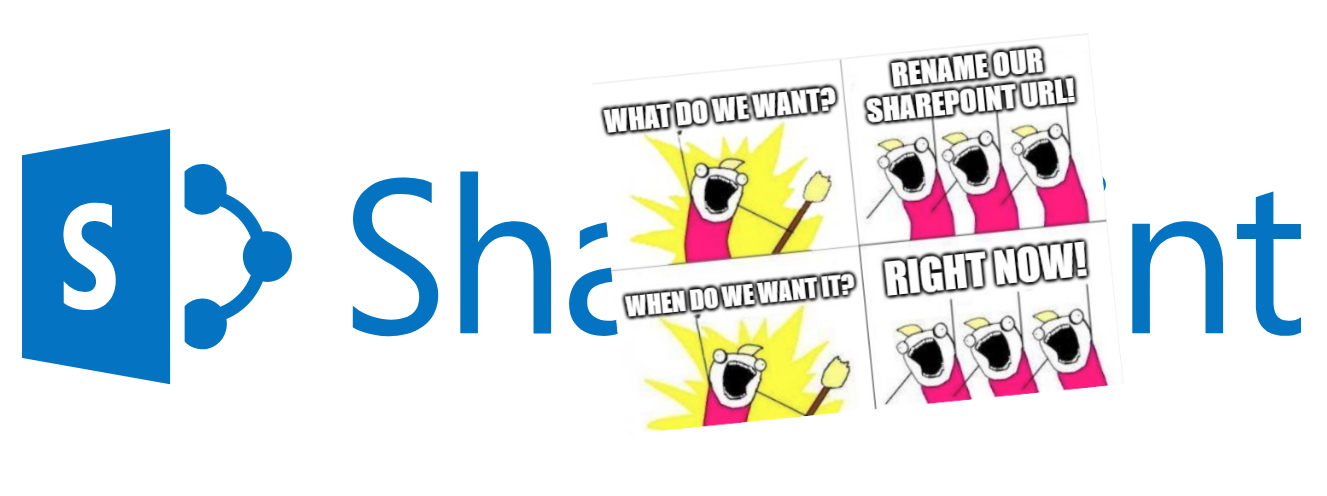Git gud with branch naming
With this post I want to share my approach to Git branch naming. This is the 4th and final post in the naming convention series .
When working in large teams, managing branches can quickly become a hassle. Comparing branches to figure out their feature set, is a time consuming and error prone activity. This should be avoided as it significantly increases the chance of releasing wrong or even broken functionality.
The most ideal solution here would be to use a backlog tool (for example Azure Boards with Azure Repos or with Github) where the branches can be directly linked to backlog items and visa versa. And dotting it i’s by implementing a proper branch naming convention.
However teams that do not have these tools available to them would need to rely on just the naming convention to
help organizing and ordering branches.





